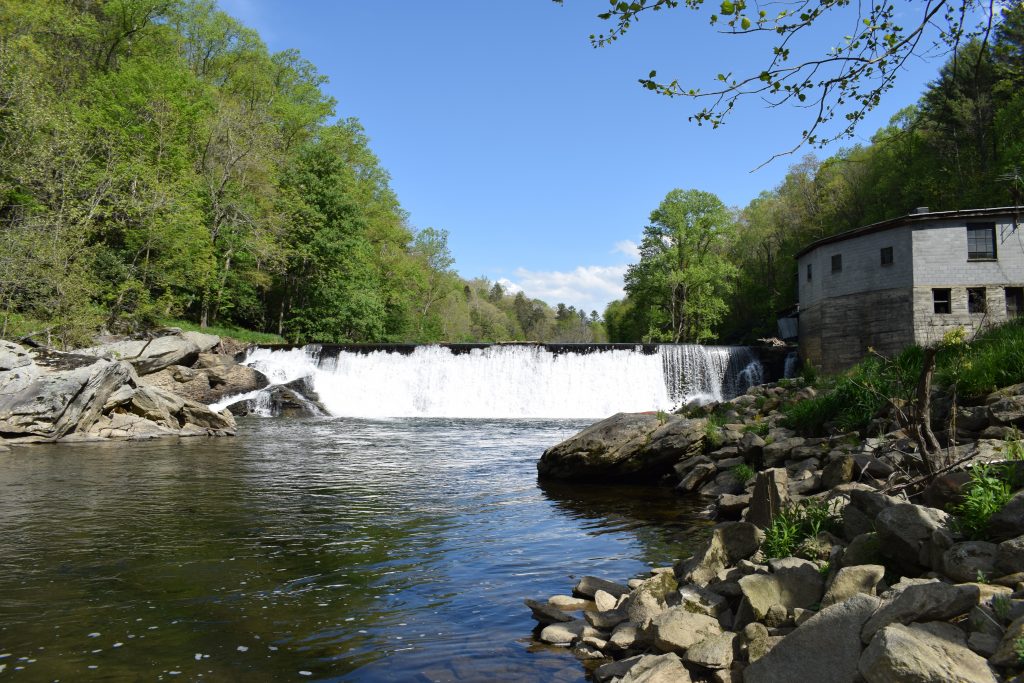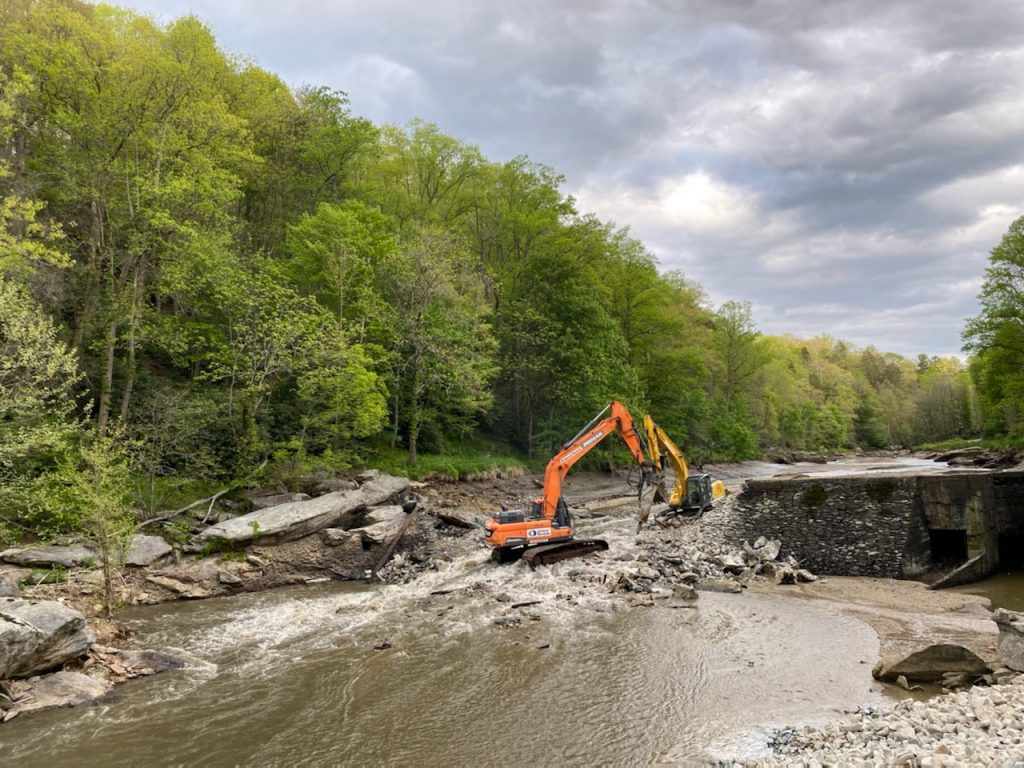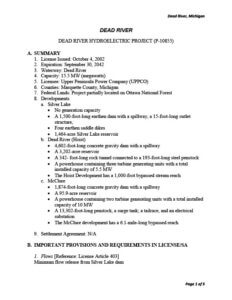Watauga River Free Flowing Again

The unused hydro dam stretched across the Watauga River in mountains of North Carolina, obstructing free river flow and movement of animals. Today, it is gone. Today the river again flows freely, reconnecting with 140 miles of waterways. Today the Watauga is a better home for native brook trout, freshwater mussels, and hellbender salamanders. Removing this dam resonates through the ecosystem, but why is this important? In a word, science.
Science helps us to understand our world with observations and questions. We recognize that removing dams and freeing rivers impacts animals and plants who live in and near the water and changes the shape of the river. But how do we know? And why is it important?

On the Watauga, with Appalachian State University, we study exactly those things before and after dam removal, looking at who lived in the river before and after removing the dam. Understanding how animals such as brook trout, tangerine darters, green floater mussels and hellbenders react after 80 years of separation will help us to better understand how free flowing rivers function.
We also look at how the shape of land and river changes after, once again, becoming free flowing. Rivers are dynamic places. Observing the Watauga before and after removing this dam helps us to understand the relationships between the flowing water, the moving earth and the nearby ever-changing terrestrial life. We see that reconnecting rivers allows waterways to absorb and disperse a wider range of rainfall. Studying the Watauga dam removal, among others, adds to our greater understanding of the link between removing dams, improved ecosystems and creating a more resilient world for all of us.
So, we know that reconnecting rivers creates a better environment, how do we find dams that need removing?

Science, the science of geography, helps us find these dams. This dam on the Watauga River was identified as a top priority for removal in the Southeast by the Southeast Aquatic Resources Partnership and “tier one, priority one” by the North Carolina Aquatic Barrier Assessment Tool. How? By digitally layering, ranking, and calculating data in a Geographic Information System. Here is a little more detail. Knowing where to focus our dam removal efforts is a critical tool to bring rivers back to life.
Through time, science has advanced our technology. Most of the dams that obstruct waterways from North Carolina to Oregon to Pennsylvania to Minnesota no longer serve their intended purpose. What was cutting edge when this dam on the Watauga River was built – equipment using the movement of water to grind grain, cut wood and to provide power – is no longer functional, relevant, or safe. We simply have found more efficient ways to do these things and know that a free-flowing river is the strongest base for healthy communities.

The science is clear, free rivers equal healthier wildlife, safer communities, improved climate resilience, a brighter future for all of us. How can we build on this impressive feat?
We are calling on congress to build on this science and remove exponentially more dams. When President Biden took office earlier this year, American Rivers prepared a bold blueprint for action that calls on the administration to investment in rivers and clean water. One of the priorities in this blueprint is investing in a national dam removal initiative. Let’s work together to build our healthy, safe, resilient communities one free-flowing river at a time.
The post Watauga River Free Flowing Again appeared first on American Rivers.


